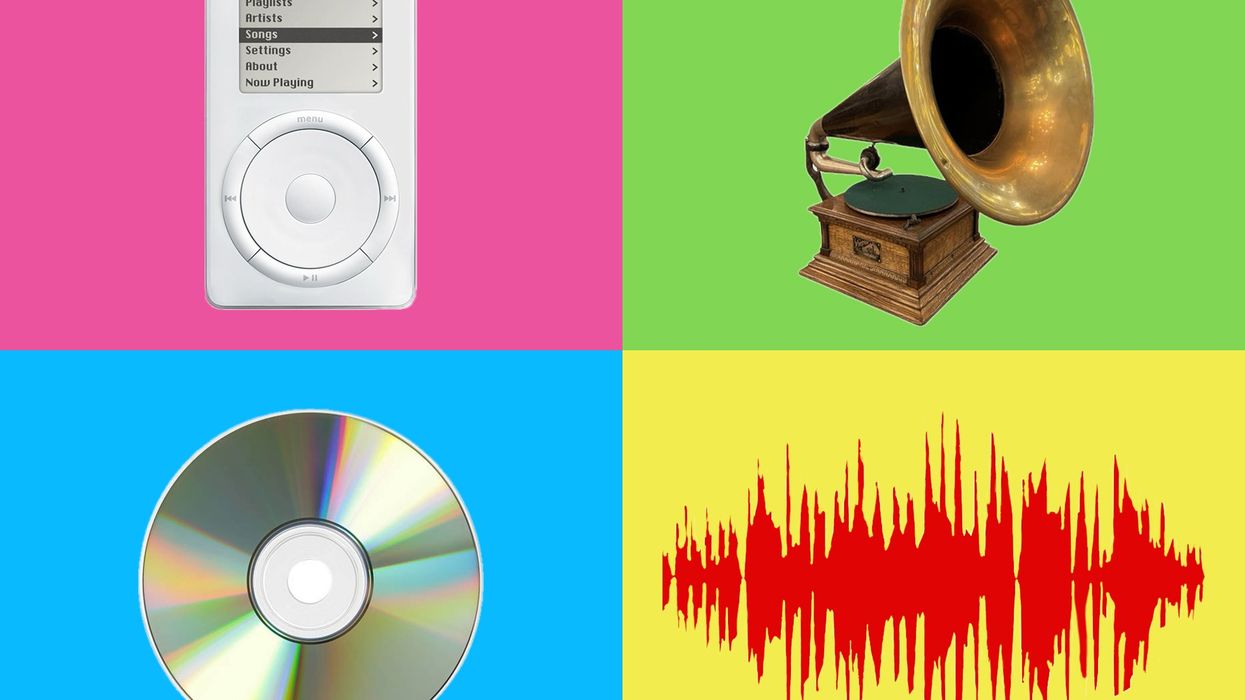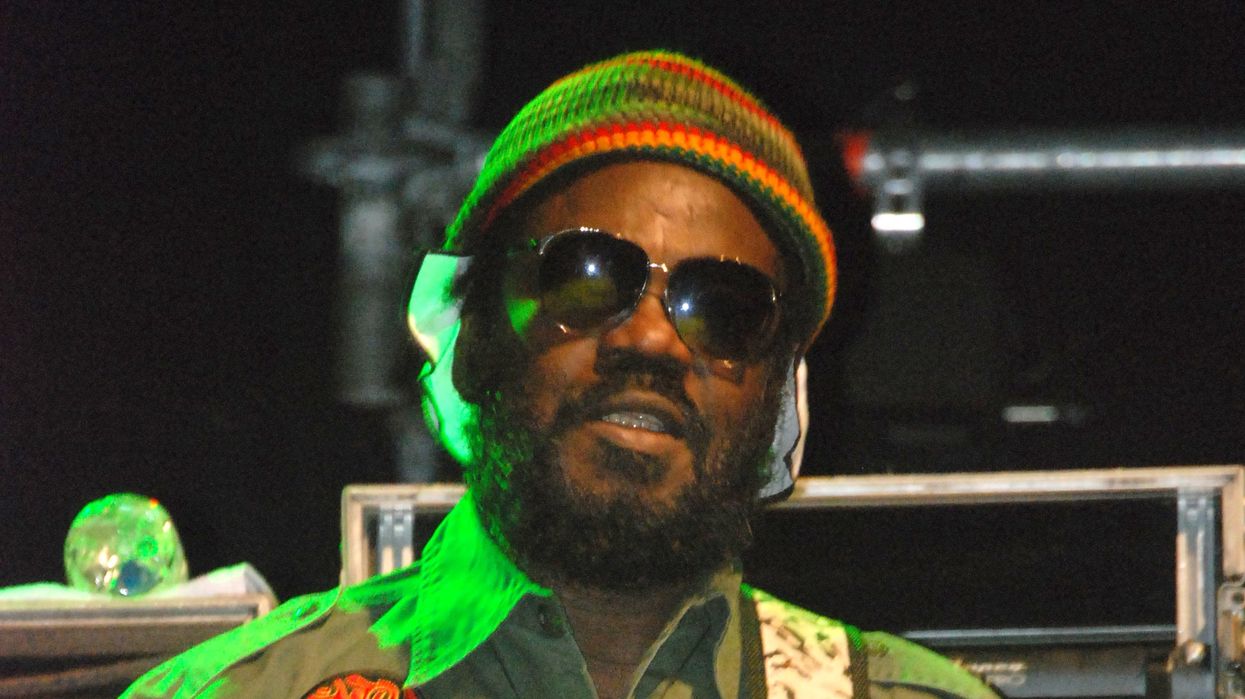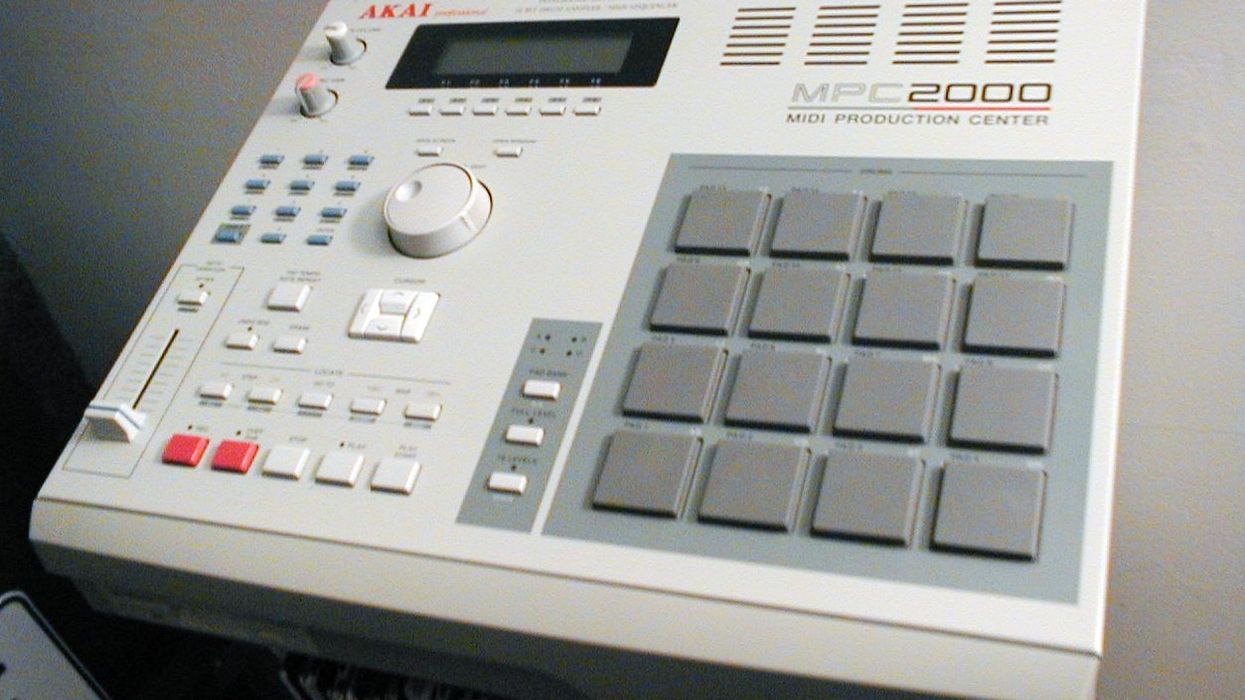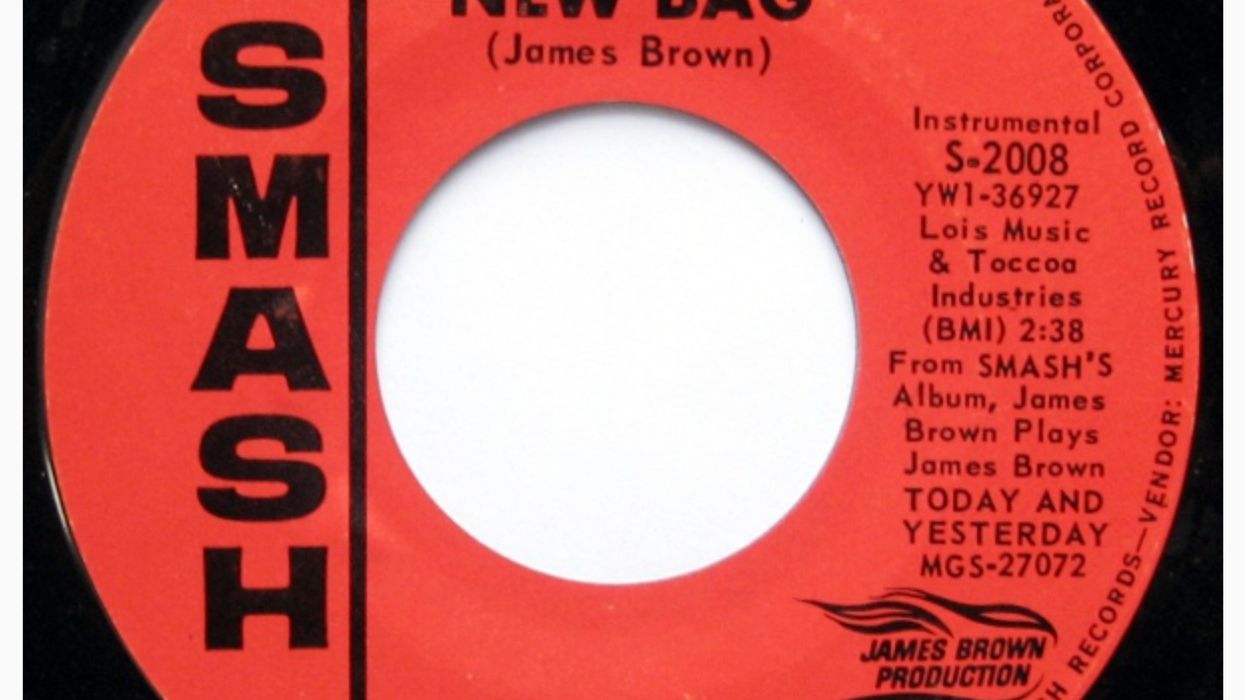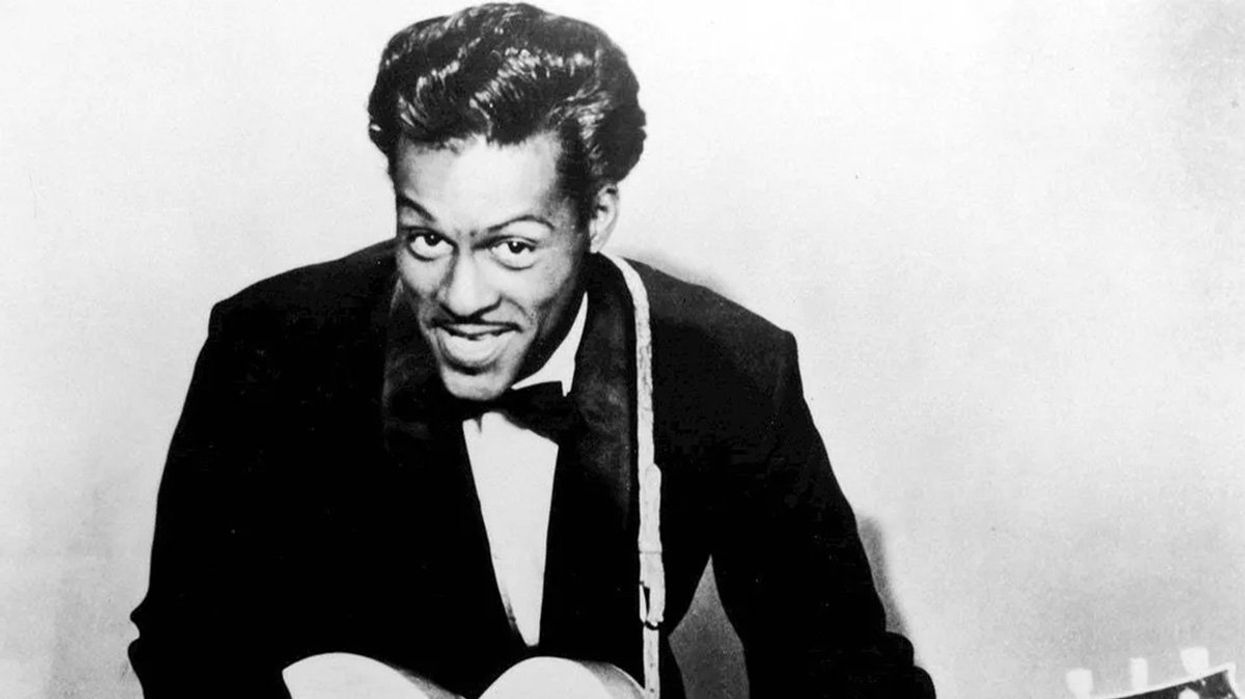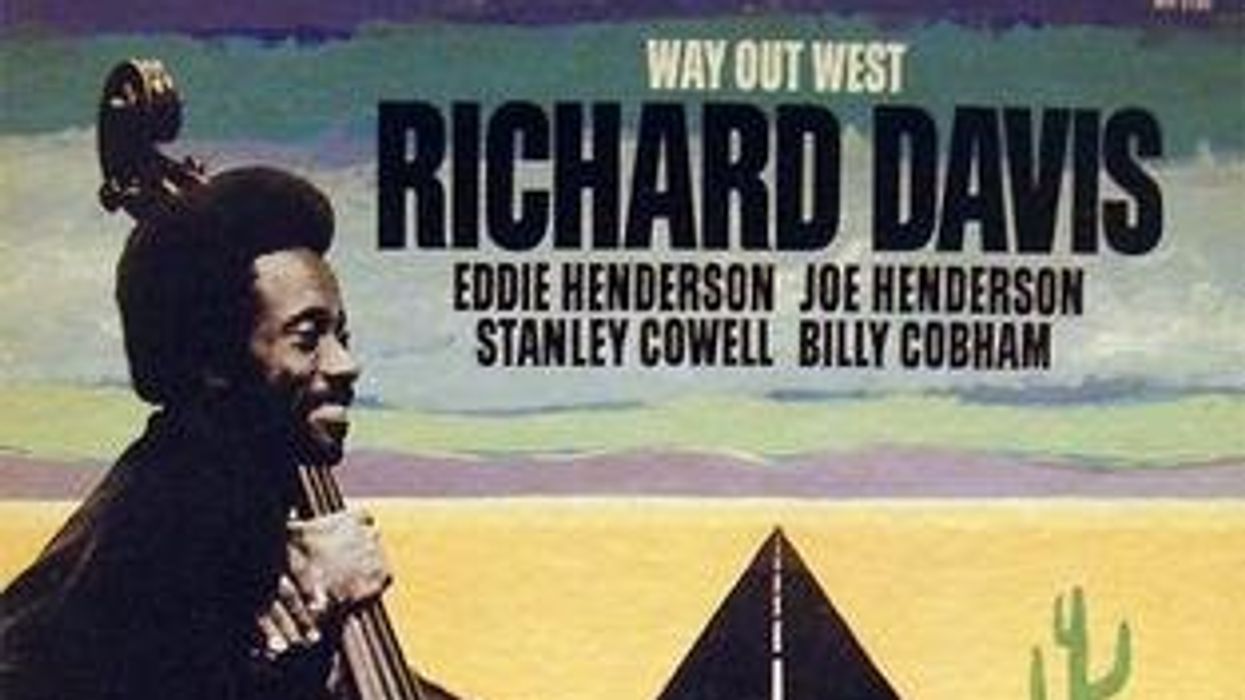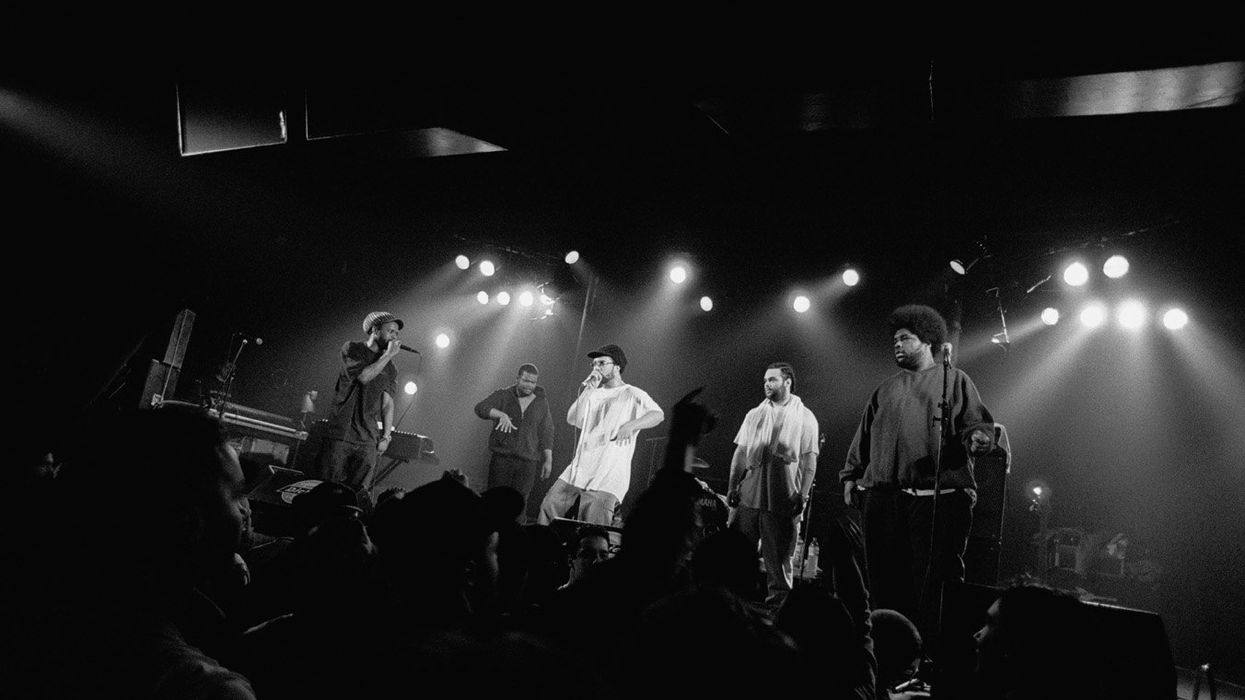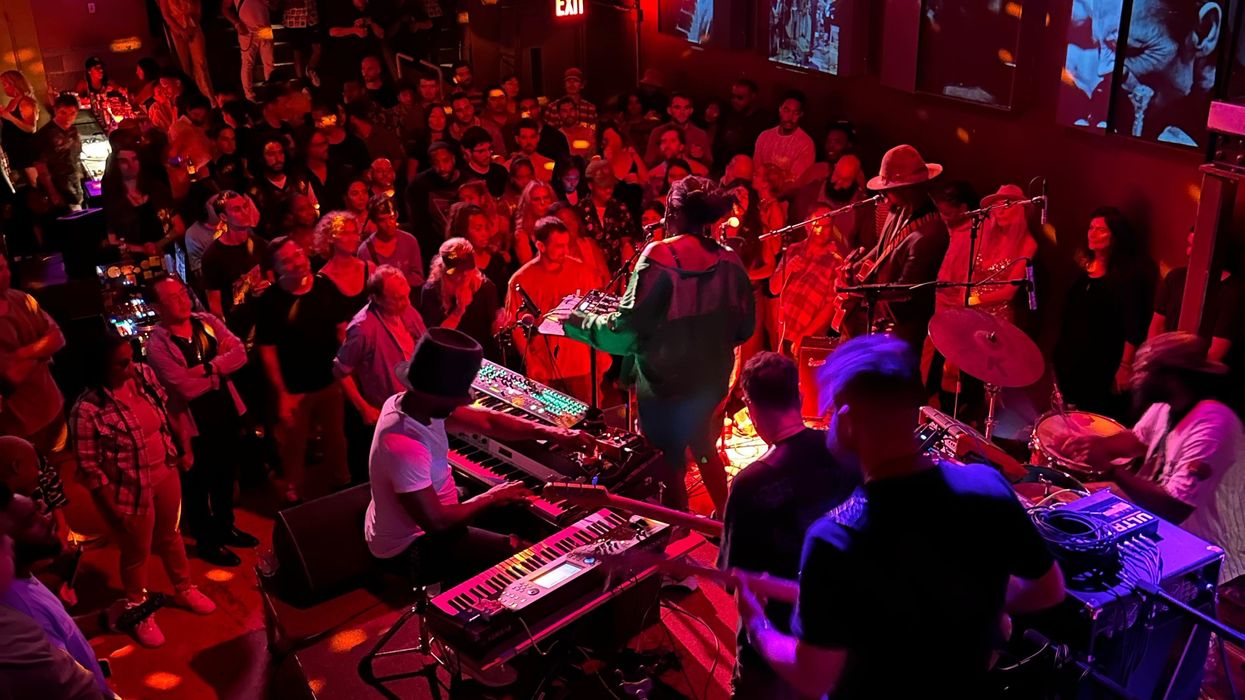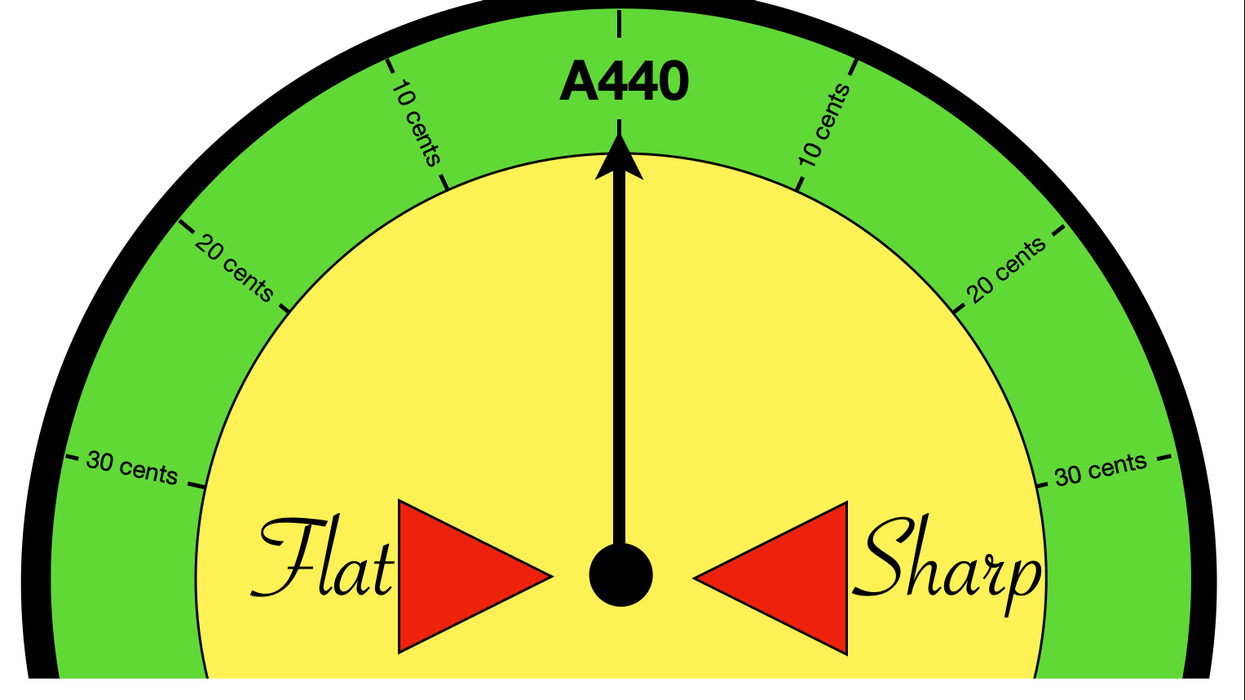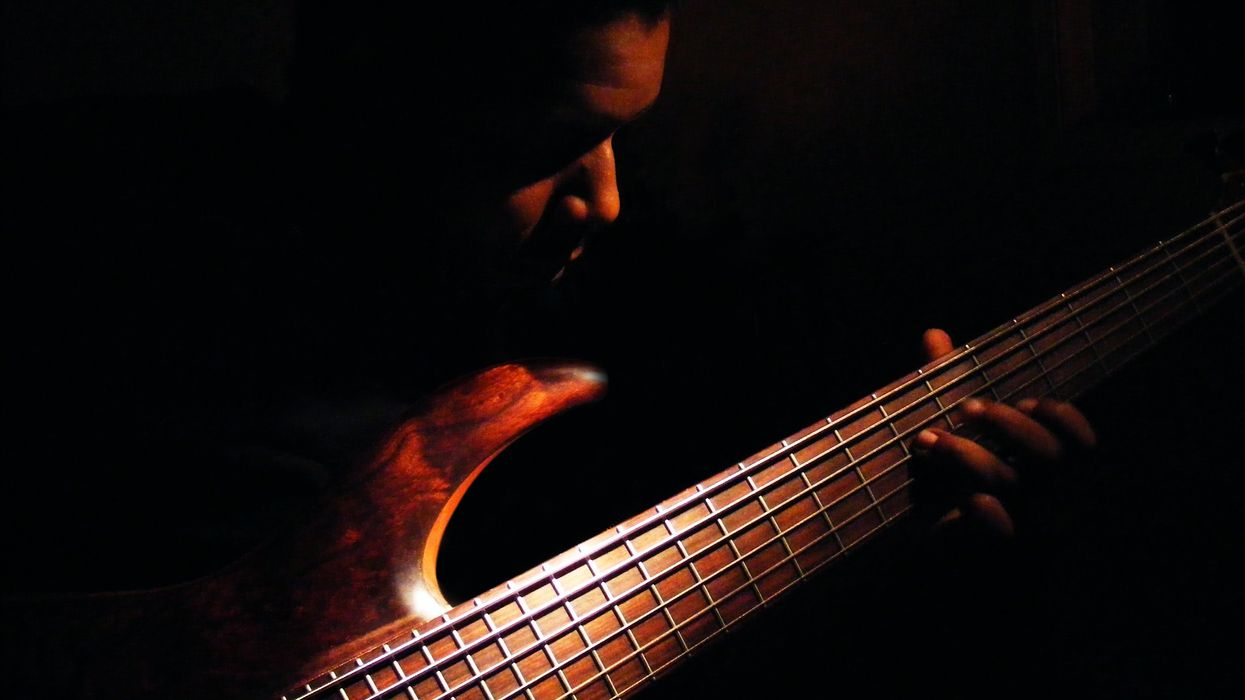Great jazz drummer Milford Graves was an innovator in every sense of the word. The definition of a polymath, he did so many things, from botany to computer science, at such a high level that it was hard for those in the know to think of him as any one thing. However, one little-known thing is that young Milford was also an early pioneer of independent records, meaning he was one of the first musicians to record, press, and release his own. Even lesser known is that he was responsible for introducing John Coltrane, one of the biggest of the jazz names within the major label pantheon, to this idea near the end of Coltrane’s life.
At the time, most artists struggled for control and more equitable treatment by record labels, who routinely signed them to predatory deals while controlling almost every aspect of their careers. And of course, at the end of the day, these labels owned the lucrative masters, ensuring they’d get the lion’s share of any profits across multiple generations. In fact, many major labels were built by exploiting such jazz deals.
Record labels, and in fact the entire industry, are actually byproducts of technological innovations made around sound recording, at the end of the 1800s. By the time Milford met Coltrane, record players in every household, and record enthusiasts who filled their collections with their favorite artists, had become cultural bedrock. Recording artists made a small percentage, a royalty, on every record sale. For artists such as Coltrane, all these royalties accumulated to make him one of the biggest earners in jazz towards the end of his life.
“Just like internet providers, they sold the idea to the public that information—music—was free, but the pipeline that supplied it—their networks—weren’t.”
When CDs arrived in the 1980s, they were incorporated into the existing model. Though they eventually replaced vinyl, CDs actually injected even more cash into major labels, as they reissued their back catalogues and convinced most people to repurchase their entire collections. Just as everything changed with the invention of the phonograph, it changed again with the invention of the MP3. MPEG-1 Audio Layer 3 is a data compression algorithm which took the large digital files on CDs and turned them into something comparatively tiny, that could be stored on an iPod or transmitted across the internet. However, unlike vinyl, cassettes, or CDs, MP3s did not inject more cash into the now extremely large and very prosperous music industry, at first. They began undercutting record sales, as collectors began to “rip” their entire CD libraries and then share them for free via peer-to-peer file-sharing applications like Napster, LimeWire, and Kazaa. If vinyl had originally established music in the minds of listeners as a tangible product that could be bought and sold, the MP3 now did the exact opposite. Music was now intangible, and potentially free.
In early attempts to monetize on sharing, streaming services such as Pandora and Spotify began offering massive collections of illegitimately procured MP3s to stream for a fixed monthly subscription, which exacerbated the problems labels were already facing by doing away with record collections altogether. Just like internet providers, they essentially sold the idea to the public that information—music—was free, but the pipeline that supplied it—their networks—wasn’t. This approach allowed them to make billions in a very short period of time, while sharing none of this profit with the artists and record companies who owned the rights.
What followed next was a series of futile attempts by major labels to shut down streaming. They eventually realized that this would never work because the nature of the product had already shifted in the mind of the consumer. Listeners would never go back to owning a handful of records purchased from a closed network of highly curated stores at a premium. People now expected access to the entirety of recording history from their smartphone, at a moment’s notice. What ensued were backroom negotiations, where record labels agreed to grant streaming companies licenses to their massive catalogs in return for a cut of the subscription revenues.
Such deals were a temporary fix with one major flaw: Record companies didn’t advocate for their artists, who actually made the music. Since the licensing deals between labels and streaming companies were opaque, artists now had no way of knowing how much labels made from their music, and predictably, their royalties continued to vanish before their eyes.
All of this eventually brought us the current unsustainable scenario: A major artist might accrue five million streams of their hit song over a year, yielding just $11,900, according to Spotify’s rate calculator. (For reference, the federal poverty level for an individual currently stands at $15,060.) For the average artist, who may limp to 2,000 streams per month, that royalty becomes just $4.76, or a loaf of bread!
The huge inequity that this demonstrates has become one of the major hurdles that both the music industry and music rights community must solve if they wish to continue to have jobs. In this scenario, successful recording artists like Coltrane may not have been able to afford to become musicians in the first place, and Graves may have stuck to botany!


